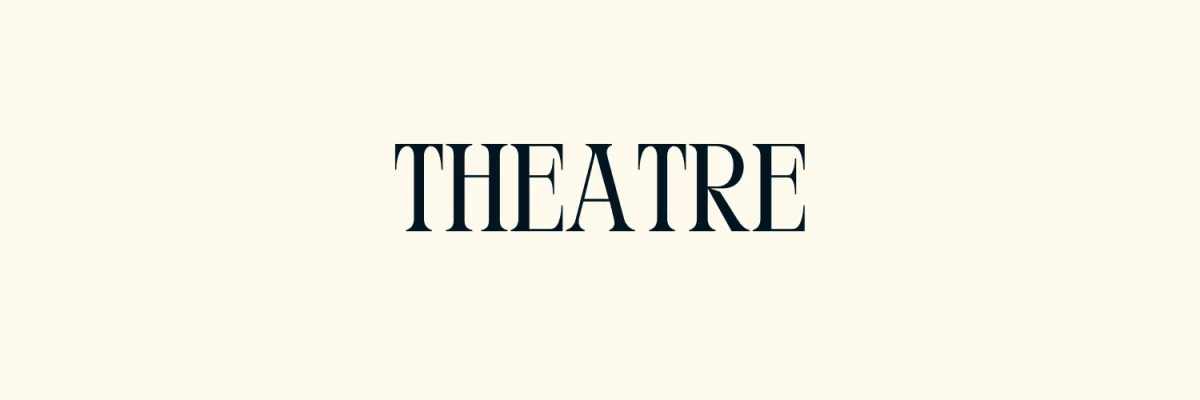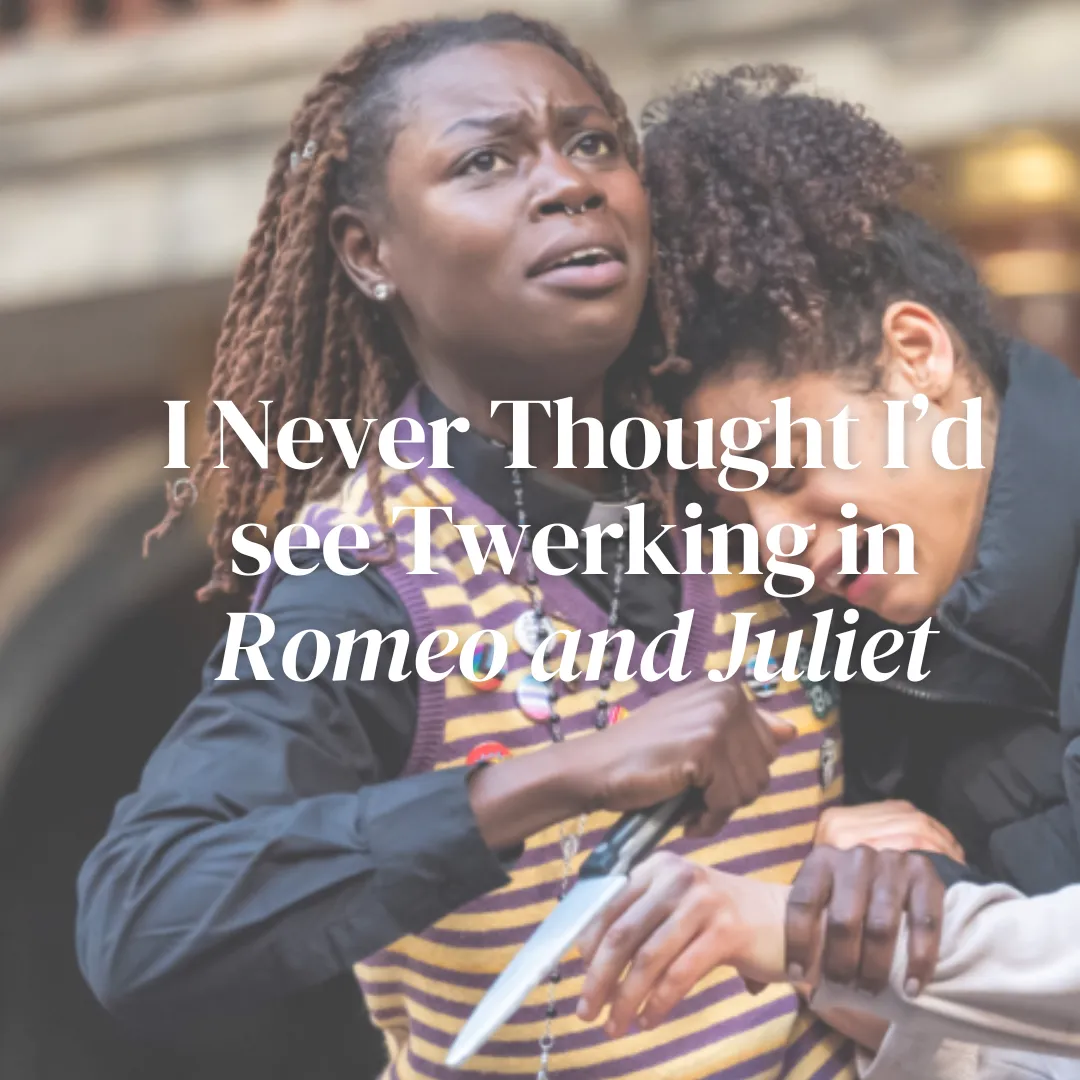


Romeo and Juliet
I never thought I’d see twerking in Romeo and Juliet.
No, really. I never expected it! But twerking in Romeo and Juliet is what I saw at Shakespeare’s Globe Theatre.
To preface this, I know that dancing is commonly included in productions at The Globe to call back to the traditional jigs that would take place after every performance there. These jigs were to remind the audience that, despite what horrors they may have witnessed on stage, everything is still ok. However, I think that the type of dances in Shakespeare’s classic tragedy were a bit misplaced. More on that later.

I really liked the overall concept. Set in modern London, this production was meant for young audiences yet still addressed many pressing issues such as domestic violence, gang violence, and knife violence. I think it’s great that The Globe is putting on plays which expose younger audiences both to Shakespeare and to these important issues, and they didn’t shy away from showing the horrors which many people experience because of gang violence and hatred in general.
This was well displayed in the performances, which were expertly done. I especially liked the addition of bicycles, and the bike tricks included were both impressive and anxiety-inducing. Just as the classic “duh-duh” is used in Jaws to signify the return of the shark, the clicking of the bicycle chains told us that something was wrong. And we felt it. I immediately felt a sense of dread as I heard the chains, even if the actors weren’t in view yet. Details like these really amped up the performance by creating strong feelings and tying into the storyline.
What did take me out of the moment, though, were the (in my opinion) ill-placed dances. As Juliet drinks the potion, there was an injected dance break in which other characters came on stage in pink, outrageous costumes and danced suggestively. This is where the twerking came in. There’s nothing wrong with this, per say, but I do think it was a bit unusual because Juliet has just made a decision which would ultimately lead to both Romeo’s death and her own. We’re distracted then, by Lord Capulet (who is a domestic abuser, which I thought was a very strong choice) dancing in a nonsensical way. I guess it was the potion!

While the dance during the masked ball was perfectly placed, the other dance which frustrated me was at the conclusion of the play. After police officers and coroners bag the bodies and take them off in a silent, profound moment, the entire cast comes on again to perform a high energy dance. While I appreciate the callback to Elizabethan performances, I do think that it was ill-placed given the gravity of the final scene. This may have been different if the dance hadn’t been so upbeat and lively. It seemed as if the actors were coming out and celebrating another show done well rather than a homage to Shakespeare’s days. I think that, given the cultural differences between the Elizabethan period and now, these traditional jigs can be rethought and often cut.
To circle back to my point about Lord Capulet, I think shaping his character into a domestic abuser was a very strong choice. It seamlessly added to the plot, highlighting Juliet's circumstances and giving us a more well-rounded look into her family life. We now understand that Juliet contends with violence both inside and outside of her home, further developing her character and the given circumstances of the play.
This wasn’t the first production of Romeo and Juliet to be set in the present day, and it certainly won’t be the last. The Globe’s production did a great job of introducing Shakespeare and important societal issues to young audiences, but it did lack in some other areas such as the dancing and costumes. As with everything, though, I am grateful that I saw it and have been so lucky as to attend with good friends!
Photos by Tristram Kenton
Email: christina@christinalschwab.com
Site: www.christinalschwab.com
